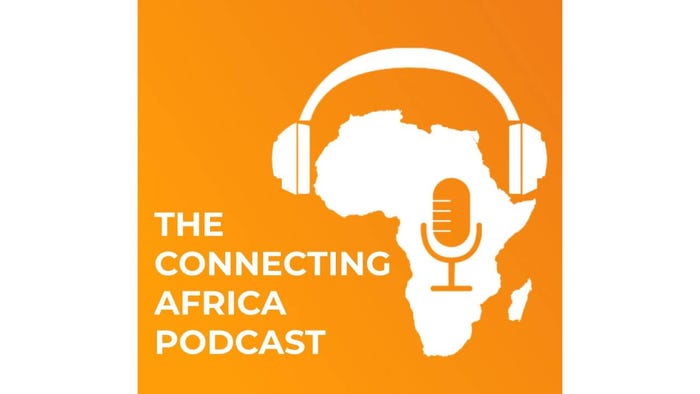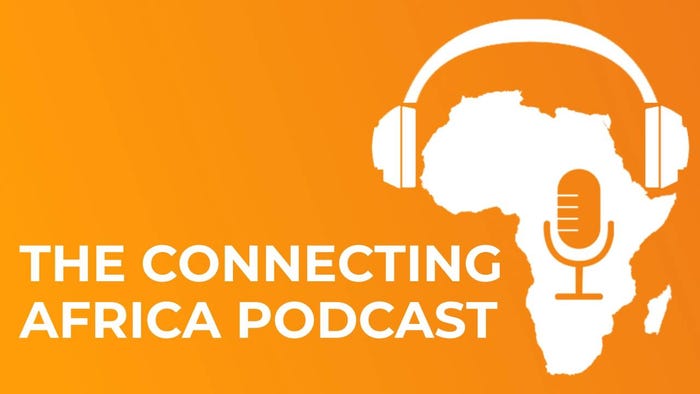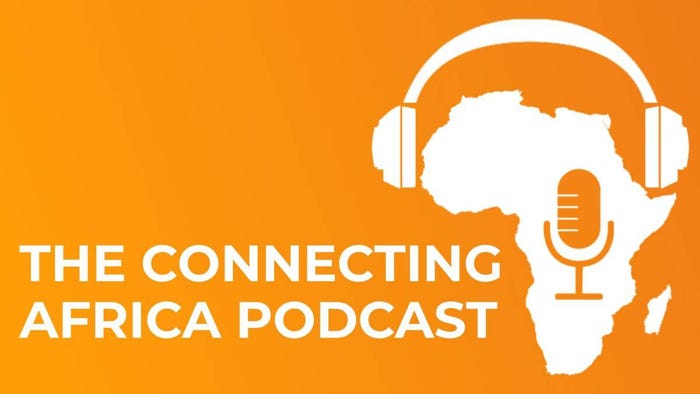Nigeria rushes to replace failing satelliteNigeria rushes to replace failing satellite
Nigeria's NigeriaSat-2 observation satellite is on its last legs, but the country has found it very useful. Will it get a replacement up in time?

Nigeria has big space dreams, backed up at the moment by a national space agency, and two satellites.
One of them, an Earth observation satellite called NigeriaSat-2, is "surviving by grace," says Halilu Shaba, head of the National Space Research and Development Agency.
But that grace might soon run out – critical components appear to be close to failing.
And that could be a problem, because Nigeria relies on satellite imagery for security and agriculture. The country is fighting Boko Haram in its northeast, and a Boko Haram splinter group which has aligned with the Islamic State group.
The insurgency has caused food shortages in the northeast, while COVID-19 has caused food shortages in Lagos State.
So satellites aren't just part of Nigeria's plans to be Africa's leading spacefaring nation – they are actually helping the country find its way out of some very sticky situations.
Satellite spaced out
But what will replace Nigeria's observation satellite? NigeriaSat-2 happens to be an extremely powerful imaging satellite.
Its predecessor (NigeriaSat-1), the country's first ever satellite, was launched in 2003.
In 2005 it beamed to earth the first images of the devastation wrought by Hurricane Katrina, allowing disaster-responders to see what they were up against.
There happen to be two more satellites on Nigeria's drawing board, if Shaba can manage to get them funded.
One, NigeriaSat-3, is an optical earth observation satellite and more direct replacement for the one launched in 2011, while NigeriaSAR-1 is a synthetic aperture radar.
Also still aloft is a second satellite, NigComSat-1R, launched from China in December 2011.
This was paid for by the insurance policy on an earlier satellite, NigComSat-1, when it failed in 2008 after running out of power due to a bug in its solar array.
In June, Nigeria's President Muhammadu Buhari reaffirmed the mandate of the space agency to build and launch satellites in the country, which seems to indicate that the invoice will be approved.
Nigeria has set up centers across the country to convert satellite imagery into easily consumable data. This is given to the country's army (which has used it to free Boko Haram hostages), federal ministries involved with agriculture and disaster management, and some private corporations.
That's the good news. The bad bit is that there hasn't been much uptake for the data from state and local governments doing town planning, and agencies doing forest administration (the forests are sanctuaries for the country's criminals)
And while the country has trained up engineers, it's not got the infrastructure ready to build its own satellites. Its recent crop was designed and built in the UK (Surrey Satellite Technology built NigeriaSat-2), China and Japan.
Jollof taking off
But Nigeria's plans for space have never lacked for ambition. It aimed to launch an astronaut into space by 2030, the country's science minister, Dr. Ogbonnaya Onu, announced in 2016.
Its satellite program has a concrete record of success which has boosted the number of African countries with space programs to 20.
Want to know more about connectivity in Africa? Check out our dedicated Connectivity content channel here on Connecting Africa.
Mauritius launched a satellite on June 3. Meanwhile, funding for African space programs increased to $500 million in 2020.
This is a good way off the $23 billion that was NASA's budget that year. But it's a big boost from $325 million in 2019.
With more and more African countries from Egypt to Ghana now developing plans for satellite programs, for Africa it may well be literally a matter of "watch this space."
.jpg?width=100&auto=webp&quality=80&disable=upscale)
.jpg?width=400&auto=webp&quality=80&disable=upscale)
.jpg?width=700&auto=webp&quality=80&disable=upscale)
_(1).jpg?width=700&auto=webp&quality=80&disable=upscale)
_(1).jpg?width=700&auto=webp&quality=80&disable=upscale)
.jpg?width=700&auto=webp&quality=80&disable=upscale)
.jpg?width=700&auto=webp&quality=80&disable=upscale)
.jpg?width=700&auto=webp&quality=80&disable=upscale)
.jpg?width=700&auto=webp&quality=80&disable=upscale)
.jpg?width=700&auto=webp&quality=80&disable=upscale)


.jpg?width=700&auto=webp&quality=80&disable=upscale)
